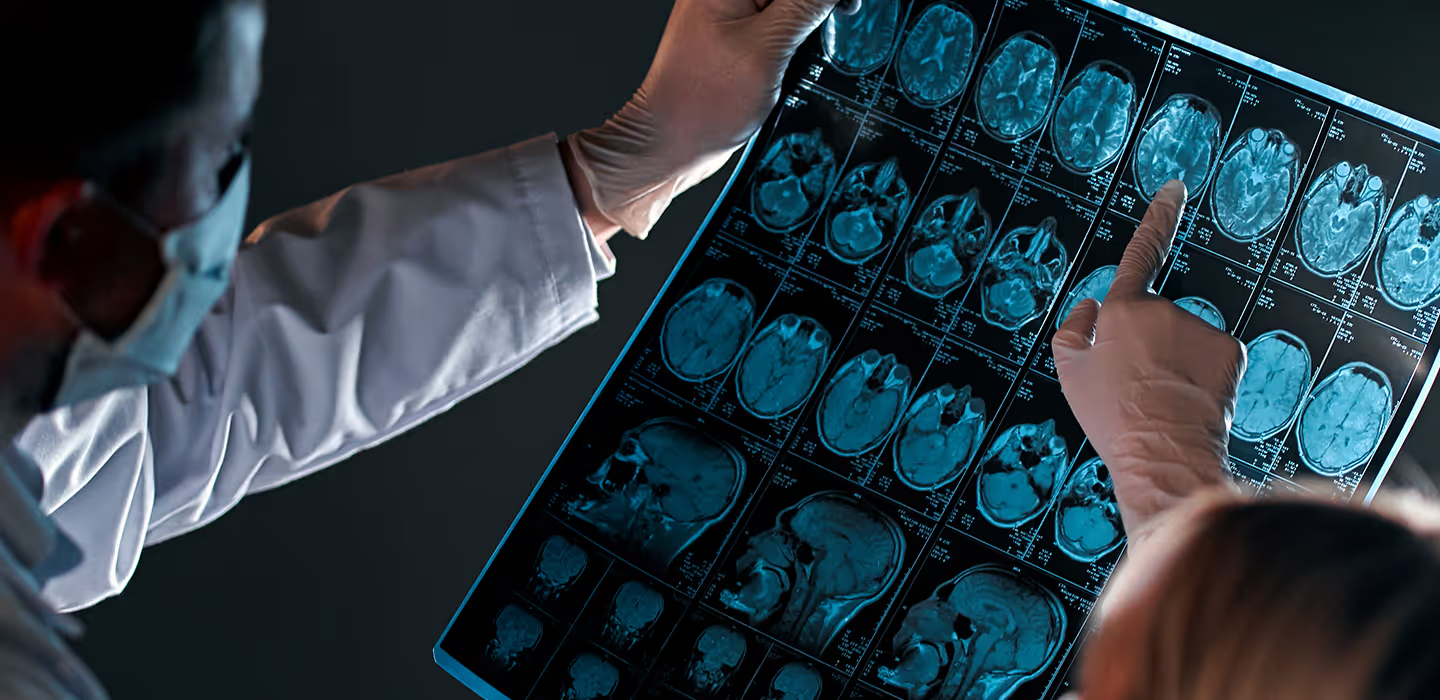Tout savoir sur la sclérose en plaques

Genetic factors of susceptibility and severity
The causes of MS are not yet known. It is likely that the disease only develops when several conditions are met simultaneously. There are genetic factors of susceptibility and severity, as well as environmental factors which interact with the genetic factors. Thanks to the study of the human genome in its entirety, certain genes (chromosome fragments) or certain normal variants of these genes ("alleles") have been found to be over-represented in MS patients compared with a control population.
The most overrepresented gene is part of the major histocompatibility system , which allows lymphocytes to cooperate with each other and is the cause of transplant rejection when there is a mismatch between the graft and the host. Carrying the HLA-DRB1*15* gene increases the relative risk of developing MS by a factor of 3. In the Caucasian population, this gene is present in about 50% of MS patients, compared with only 13% of the normal population. It codes for a protein that activates T lymphocytes.
It is therefore neither a necessary nor a sufficient condition for developing MS. More than 200 other susceptibility genes have been detected, with low relative risks of less than 1.3. The vast majority of these genes are related to the immune system, providing indirect evidence of the primary role of this system in disease mechanisms. Some of these are common to other organ-specific inflammatory diseases, such as rheumatoid arthritis, systemic lupus erythematosus, Crohn's disease, psoriasis and childhood diabetes. Some patients are also suffering from MS and from one another of these diseases, or these diseases run in the MS patient's close family.
To add to the complexity of the system, it has also been shown that certain genes of the major histocompatibility system are underrepresented in people with MS, and that their presence therefore has a protective role against the disease. For example, the HLA-A*02:01 gene reduces the risk of developing MS by 33%.
Although MS cannot strictly be said to be a hereditary disease, 10% of MS patients have another affected family member. The individual risk is therefore higher if one of the two parents, or a brother or sister, is affected by this disease. Compared with a risk of 0.12% for the Belgian population as a whole, the brothers and sisters of an MS patient have a 3 to 4% risk of developing the disease themselves.
For each of the children of an MS patient, this risk is 2.5%. If a homozygous twin ("identical twins") suffers from MS, his or her twin has a 14-25% risk of also suffering from the disease, whereas in the case of heterozygous twins, the risk is the same as between brothers and sisters. The concordance in identical twins is higher in regions where the disease is more common, and lower in regions where it is rarer.
This study on twins proves that there is indeed a hereditary factor in MS, but also confirms the important role of the environment in the origin of the disease. If MS were a purely genetic disease, the concordance rate in identical twins would be 100%.
There are also genetic factors of severity not related to the risk of starting MS, but to the risk of developing a severe form of MS. The main study on this subject was published in 2023 and is based on clinical data from over 22,000 patients worldwide. The authors identified alleles in two different genes, one predicting walking difficulties 3.5 years earlier than in its absence, the other having a protective role for cerebral cognitive reserve.
These two genes are completely different from the genes that determine susceptibility to developing the disease, and are not linked to the functioning of the immune system, but are expressed in the CNS. These results need to be confirmed and amplified.
Stay informed
Receive all the information related to research and news from the Belgian Charcot Foundation directly in your inbox.















